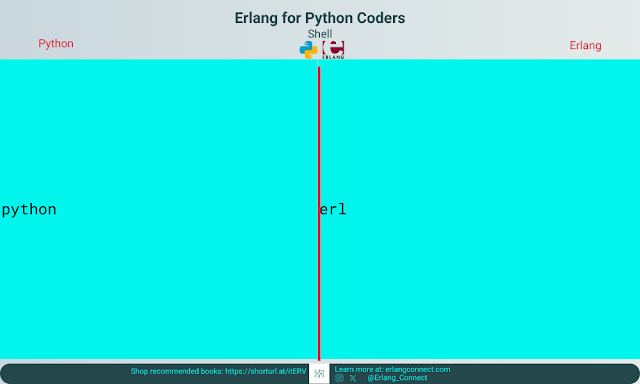Experience Erlang with Try Erlang: Online REPL and Interactive Tutorial Guide

tryerlang.org Are you intrigued by the world of Erlang , a functional programming language known for its concurrent and fault-tolerant design? Try Erlang offers an exciting entry point for both newcomers and experienced developers. This blog post will explore the features of Try Erlang, focusing on its online REPL and interactive tutorial. Try Erlang's Online REPL: A Playground for Experimentation Try Erlang provides a browser-based REPL (Read-Eval-Print Loop) that enables you to write and execute Erlang code without installing anything on your system. Here's what you can do with the online REPL: Write and run Erlang code snippets in real time. Experiment with different concepts and libraries. Access pre-loaded modules to speed up development. Share your code with friends or collaborators. Interactive Tutorial: Step-by-Step Learning Besides the REPL, Try Erlang offers an interactive tutorial designed to guid
